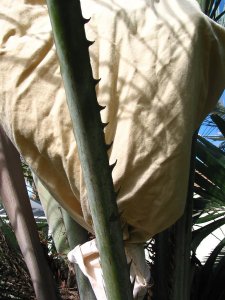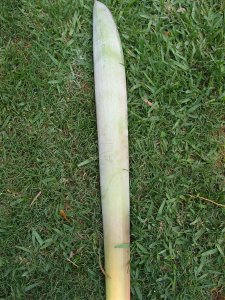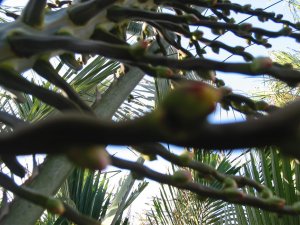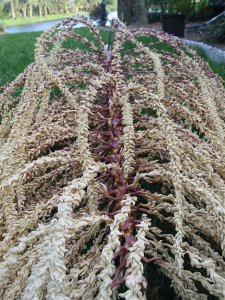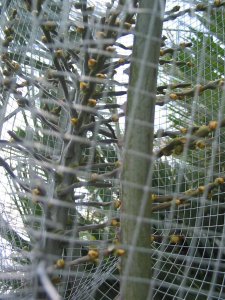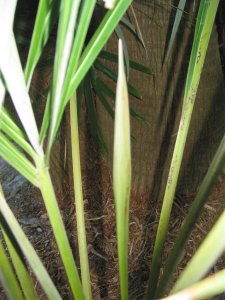ScotTi
Esteemed Member
- 4,828
- 16/04/08
- 312
- 163
I have had requests on how to. So I will do a easy step by step. I will put the date with the steps taken to give you a time line. If you want to make the reverse cross it can be done reversing the S.rom as the mother Butia as the father. The problem with that is you will be working the steps at much higher heights unless you have a short mature S.rom. Please note: I will be using pollen from a Butiagrus on the Butia, but the steps will be the same. This usually results in a less seed set than ButiaxS.rom. If you have any questions on the steps feel free to ask.






